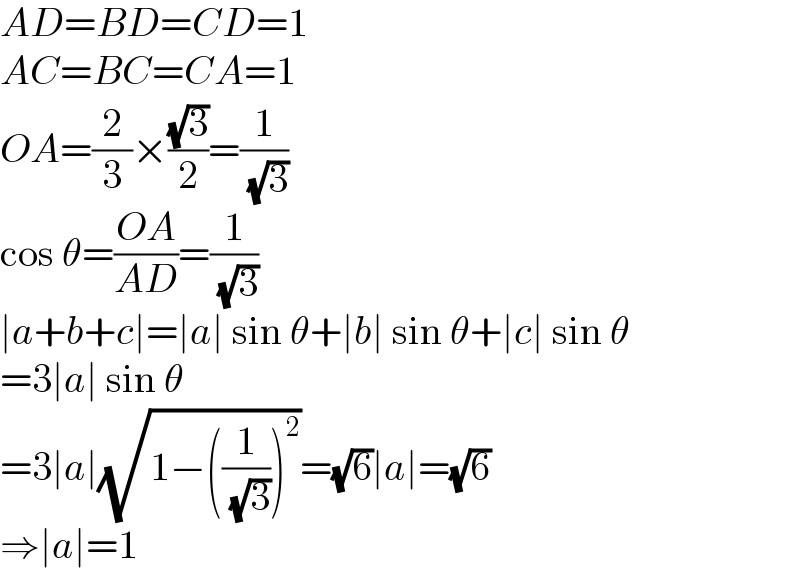
Question and Answers Forum
Question Number 135054 by rexford last updated on 09/Mar/21

Commented by mr W last updated on 10/Mar/21

Commented by liberty last updated on 10/Mar/21

Commented by mr W last updated on 10/Mar/21

Answered by EDWIN88 last updated on 09/Mar/21

Answered by mr W last updated on 10/Mar/21
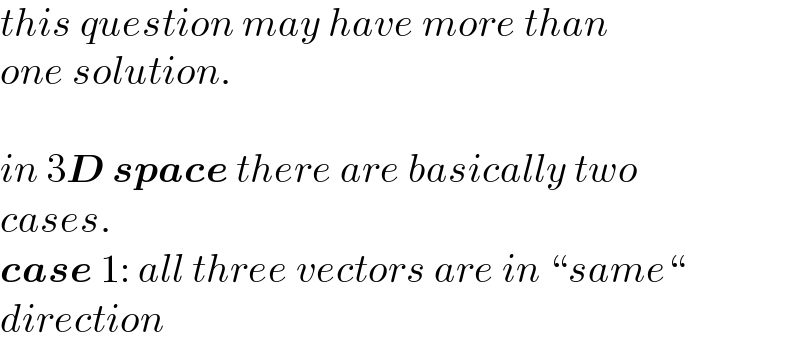
Commented by mr W last updated on 10/Mar/21

Commented by mr W last updated on 10/Mar/21
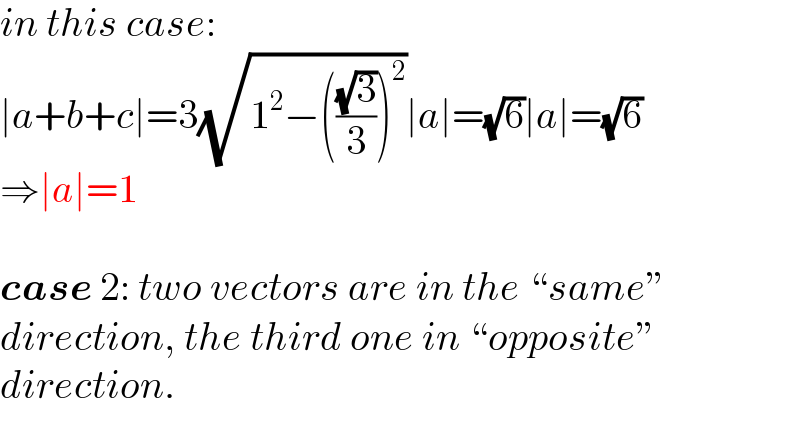
Commented by mr W last updated on 10/Mar/21

Commented by mr W last updated on 10/Mar/21

Commented by mr W last updated on 10/Mar/21

Commented by mr W last updated on 10/Mar/21

Commented by mr W last updated on 10/Mar/21
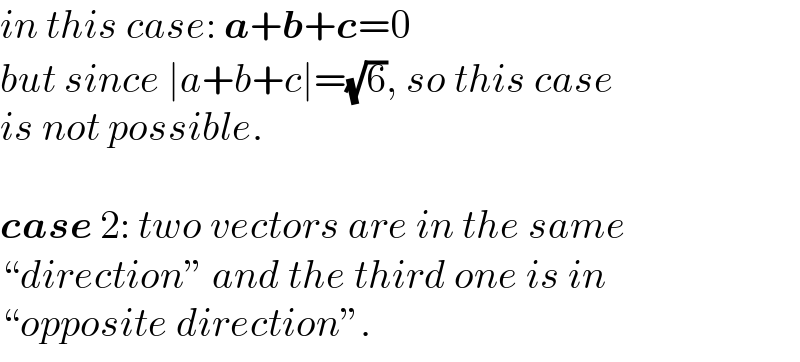
Commented by mr W last updated on 10/Mar/21

Commented by mr W last updated on 10/Mar/21

Commented by bramlexs22 last updated on 10/Mar/21

Commented by bramlexs22 last updated on 10/Mar/21

Commented by mr W last updated on 10/Mar/21
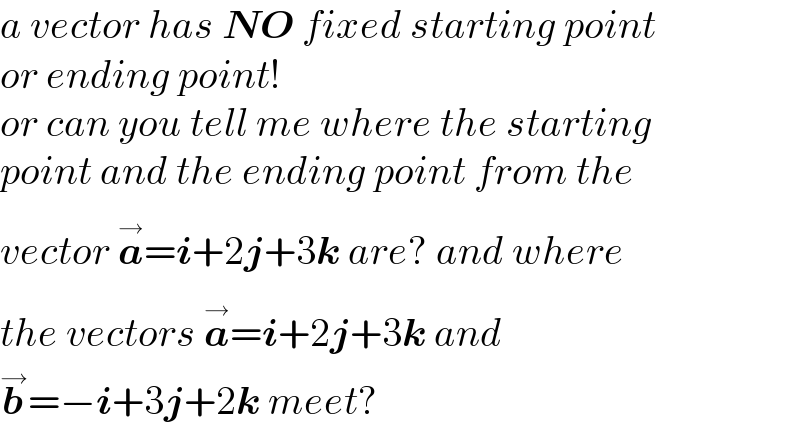
Commented by bramlexs22 last updated on 10/Mar/21

Commented by bramlexs22 last updated on 10/Mar/21

Commented by mr W last updated on 10/Mar/21
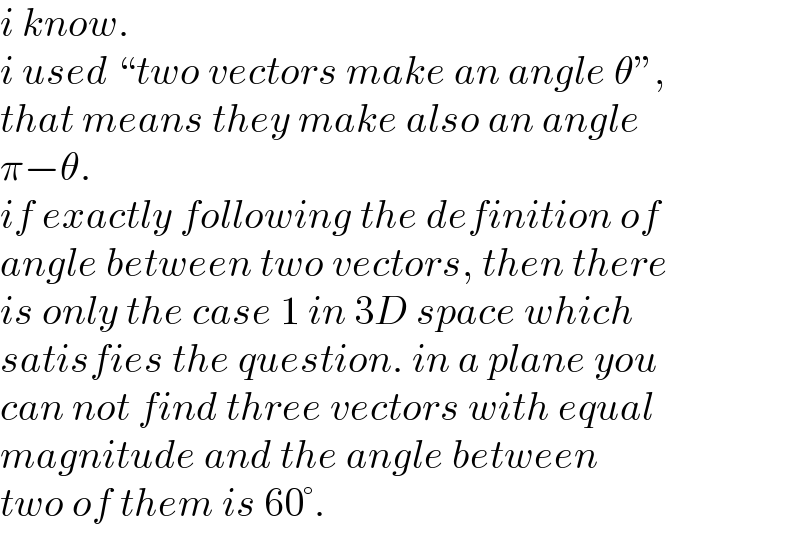
Commented by mr W last updated on 10/Mar/21

Commented by mr W last updated on 10/Mar/21

Commented by bramlexs22 last updated on 10/Mar/21

Commented by rexford last updated on 10/Mar/21

Commented by mr W last updated on 10/Mar/21

Commented by mr W last updated on 10/Mar/21
